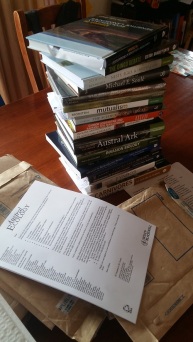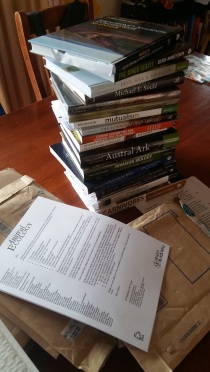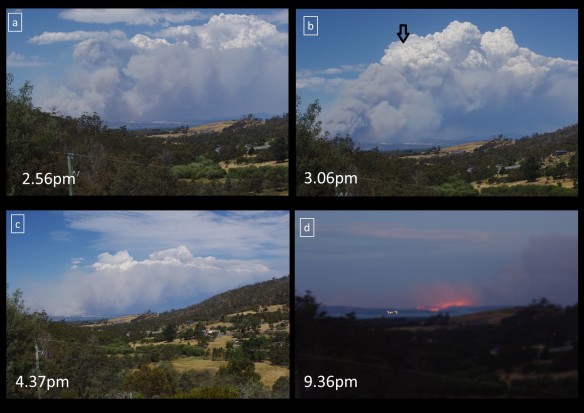
A knots book and long rope

Plant press (18cmX18cm)

Check out Paperbarkwriter for this beautiful book
Searching for children’s STEM (Science Technology Engineering and Mathematics) based gifts isn’t hard. A google search will turn up items like building blocks, Lego, electronic/snap circuit sets, robotic kits, electronic toys, K’NEX, telescope, test-tube kits, science in a box kits etc. etc.
While these choices are great, why not instead buy something different – like the younger versions of the toys – tools, I mean tools- that ecologists use?
Despite much searching I couldn’t find any useful lists on the web to refer you to. So I’ve made my own based on my childhood, presents we have been given, suggestions given to me and from the experience of having four children of my own.
This list is sorted from least to more expensive; these gifts will keep on giving and fuel the ecologist in any child.
Continue reading →









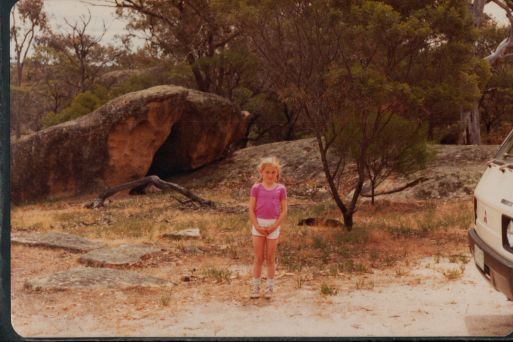
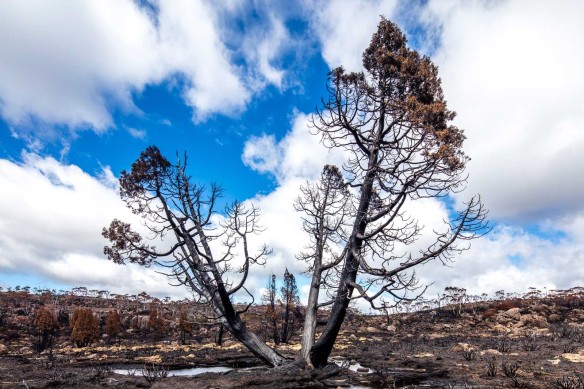


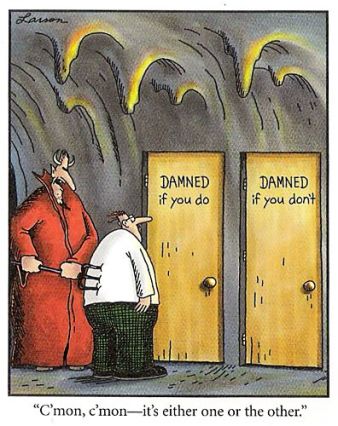 The first position in my field that I applied for was before handing in my Hons. thesis, and I had started working before giving my defence. The first position I applied for after my PhD I was accepted into without an interview. The next applied for position I didn’t get, after that I gave a 70% performance in a post-doc interview and got the position, and recently I was knocked back.
The first position in my field that I applied for was before handing in my Hons. thesis, and I had started working before giving my defence. The first position I applied for after my PhD I was accepted into without an interview. The next applied for position I didn’t get, after that I gave a 70% performance in a post-doc interview and got the position, and recently I was knocked back.